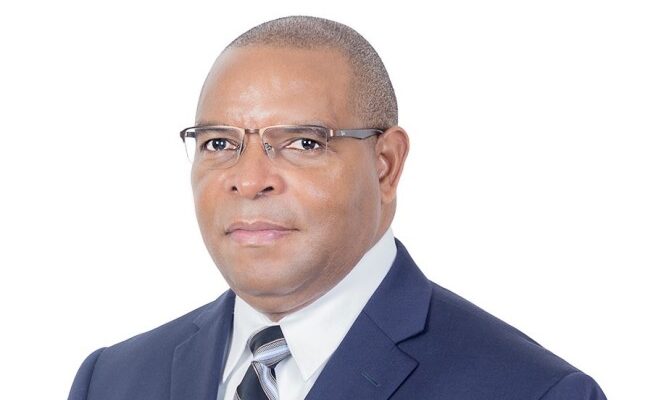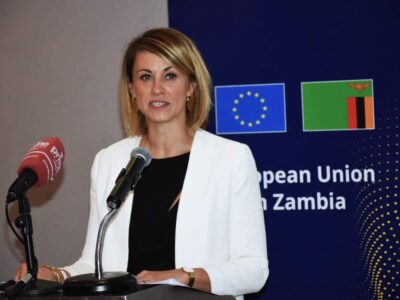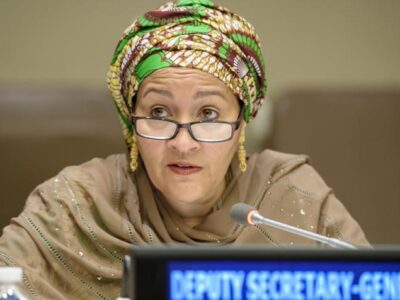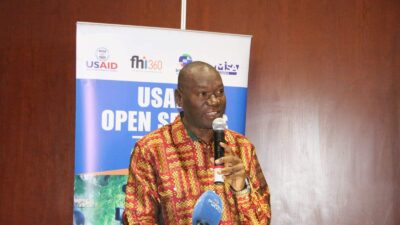The Central Bank has hiked its benchmark interest rate by 25 basis point to 9.50 percent from 9.25 percent after noting the inflation rate will continue to be above the target range.
Bank of Zambia (BoZ) Governor, Danny Kalyalya, said in arriving to the decision, the Monetary Policy Committee (MPC) took into account that inflation will continue to be above the target band of six to eight percent over the forecast horizon.
Addressing journalists on Wednesday in Lusaka, Kalyalya stated that the Committee also took into account fragile growth, vulnerabilities and risks in the financial sector.
He indicated that the continued delays in external debt restructuring negotiations, tighter global financial conditions, higher maize prices due to the anticipated lower production amid strong regional demand.
Kalyalya further said the impact of the prolonged Russia-Ukraine war on food and energy prices remain key upside risks to the inflation outlook.
He observed budgetary discipline and continued implementation of fiscal consolidation measures and broader economic reforms outlined in the Eighth National Development Plan (8NDP) will remain important anchors in achieving lower inflation and macroeconomic stability.
On inflation, Kalyalya said it declined further in the first of 2023, albeit marginally, however remained elevated and was projected to stay above the target range of six to eight percent over the next eight quarters.
He said inflation averaged 9.6 percent in the first quarter of 2023 compared to 9.8 percent in the fourth quarter of 2022.
“In the first quarter of 2023, the Kwacha depreciated by 16.8 percent to an average of K19.52 against the United States dollar.
“The key drivers were excess demand, adverse market sentiments associated with protected external debt restructuring negotiations and tighter global financial markets conditions,” Kalyalya said.
To support the market in meeting some critical imports, such as, oil and agricultural inputs, Kalyalya said the Bank provided US$377.0 million, of which US$186.0 million was from mining tax receipts.
“The aforementioned support to the market, multilateral debt service and government uses contributed to the decline in gross international reserves to US$2.9 billion, which is equivalent to 3.8 months of import cover at end March 2023 from US$1 billion equivalent to 3.8 months of import cover at end-December 2022,” Kalyalya said.
He said in April, the Kwacha appreciated against the dollar by 16.8 percent to 17.73, mostly driven by improved supply of foriegn exchange mainly from quarterly corporate tax obligations.
“The reaching of the Staff-Level Agreement on the first review of the International Monetary Fund Extended Credit Facility (IMF-ECF) arrangement created expectations that external debt restructuring would soon be concluded,” Kalyalya said.
He said this positively changed market sentiments and also contributed to the appreciation of the Kwacha.
Kalyalya said pressure in the foreign exchange market have however, re-emerged, mostly due to excess demand for foreign exchange from a broad range of sectors, key among them was wholesale and retail, financial, as well as electricity, gas and water supply.
He said as at May 16, 2023, the Kwacha was trading at K18.53 to a dollar.
WARNING! All rights reserved. This material, and other digital content on this website, may not be reproduced, published, broadcast, rewritten or redistributed in whole or in part without prior express permission from ZAMBIA MONITOR.












Comments